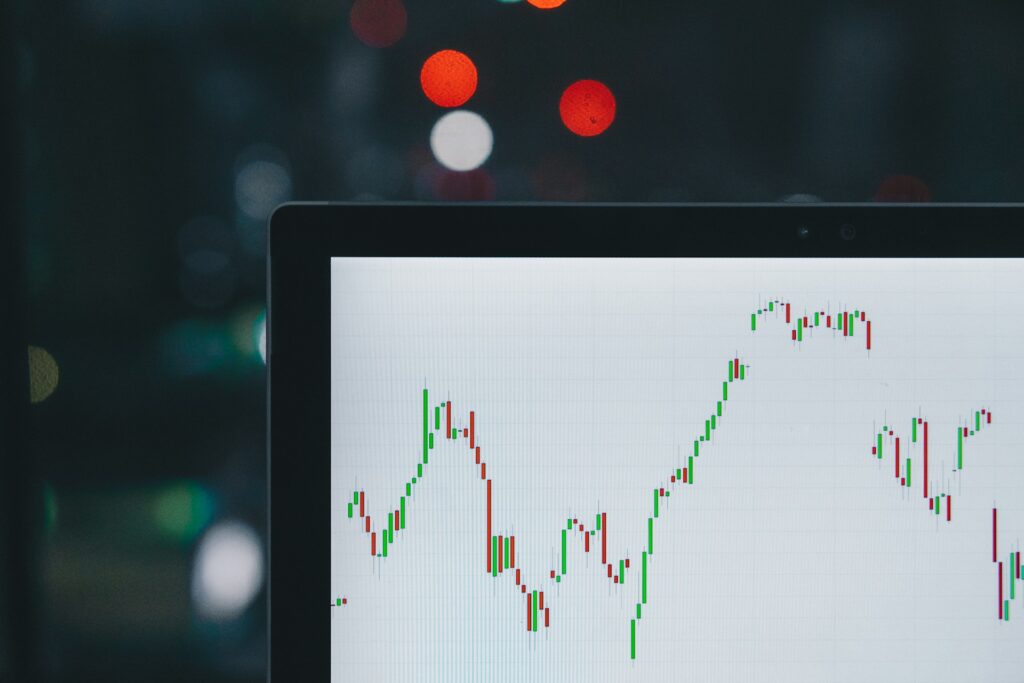Investing with $5000
When you’re just starting out your financial journey by investing with $5000, it’s time to assess your current financial situation and make some decisions that align with your financial goals and risk tolerance. Let’s explore some straightforward yet effective investment options tailored for young adults who are looking to grow their money wisely without diving into complex financial jargon.

Establishing a Solid Foundation
To start investing with $5000, consider putting a portion of your funds into high-yield savings accounts or Certificates of Deposit (CDs). These options offer a safe and secure way to earn interest on your money while keeping it easily accessible. High-yield savings accounts typically offer better interest rates than traditional savings accounts, allowing your money to grow steadily over time. CDs provide a fixed interest rate for a specified period, offering a predictable return on your investment.
Exploring Index Funds and ETFs
When considering how to start investing with $5000, it’s crucial to understand the different investment vehicles available, including index funds and exchange-traded funds (ETFs). Both options offer investors exposure to a diversified portfolio of assets, but they have distinct characteristics and considerations to keep in mind.
Index Funds:
Index funds are investment funds that passively track the performance of a specific market index, such as the S&P 500 or the Dow Jones Industrial Average. These funds aim to replicate the returns of the index they track by holding a portfolio of securities that closely mirrors the index’s composition. One of the key advantages of index funds is their simplicity and low cost. Since they don’t require active management or extensive research, index funds typically have lower expense ratios compared to actively managed mutual funds. This cost efficiency translates into higher net returns for investors over the long term.
Another benefit of index funds is their diversification. By investing in a single index fund, investors gain exposure to hundreds or even thousands of individual stocks within the index, spreading their risk across different sectors and companies. This diversification helps mitigate the impact of market volatility and reduces the risk of significant losses from the underperformance of a single stock.
However, index funds also have some limitations to consider. While they offer broad market exposure, they lack flexibility in terms of customization. Investors cannot overweight or underweight specific sectors or companies within the index, limiting their ability to implement a more tailored investment strategy. Additionally, index funds may experience slight tracking errors relative to the index they track, which can impact their performance over time.

ETFs (Exchange-Traded Funds):
Exchange-Traded Funds (ETFs) are investment funds that are traded on stock exchanges, similar to individual stocks. Like index funds, ETFs aim to replicate the performance of a specific market index or asset class, but they have some unique features that distinguish them from traditional mutual funds.
One of the primary advantages of ETFs is their liquidity and intraday trading flexibility. Unlike mutual funds, which are priced once a day after the market closes, ETFs can be bought and sold throughout the trading day at market prices. This liquidity provides investors with the ability to react quickly to market movements and implement short-term trading strategies if desired.
ETFs also offer transparency and tax efficiency. Most ETFs disclose their holdings on a daily basis, allowing investors to see the underlying securities and understand the composition of the fund’s portfolio. Additionally, ETFs generally have a more tax-efficient structure compared to mutual funds, as they have the ability to create and redeem shares in-kind, minimizing capital gains distributions.
However, it’s essential to consider the potential drawbacks of ETFs as well. While they offer intraday trading flexibility, investors may incur brokerage commissions and bid-ask spreads when buying and selling shares, which can erode returns, especially for frequent traders. Additionally, some ETFs may employ complex strategies or invest in specialized asset classes, which can make them difficult to understand for novice investors.
Diversifying Your Portfolio
When investing $5000, it’s essential to diversify your portfolio to spread risk and maximize potential returns. While diversification is a crucial principle of investing, it’s essential to consider the practical limitations of spreading a small investment across multiple asset classes. By focusing on a highly diversified asset like a wide-open ETF, investors can achieve broad exposure to various sectors, regions and even asset classes in a cost-effective, simple, and efficient manner. This approach allows investors to maximize potential returns while effectively managing risk, making it a wise choice for individuals starting to invest with a small sum of money like $5000.
Investing with $5000 in Bonds
For conservative investors looking to start investing with $5000, government and municipal bonds offer a low-risk option. Government bonds are issued by federal or state governments, while municipal bonds are issued by local governments or agencies to fund public projects. Investing in individual bonds or bond funds with your $5000 can provide a steady stream of income through periodic interest payments, offering capital preservation and income stability.
Personal Development and Education
In addition to traditional investments, don’t forget to invest in yourself by allocating resources towards personal development and education. Whether it’s enrolling in courses, attending workshops, or acquiring new skills, investing in yourself can significantly impact your future earning potential and career growth. Allocate a portion of your $5000 towards activities that enhance your knowledge, skills, and professional network, setting yourself up for long-term success.
Making Informed Choices for Your Financial Future
Starting to invest with $5000 requires careful consideration and planning. Build a strong foundation for your financial future, set aside some funds in a savings account if you do not have any savings and diversify by using index fnds or ETFs. If you do not feel comfortable with your investment at the stop market, think about bonds instead of stocks. With patience and diligence, your $5000 investment can grow into a valuable asset that supports your long-term financial goals and aspirations.
